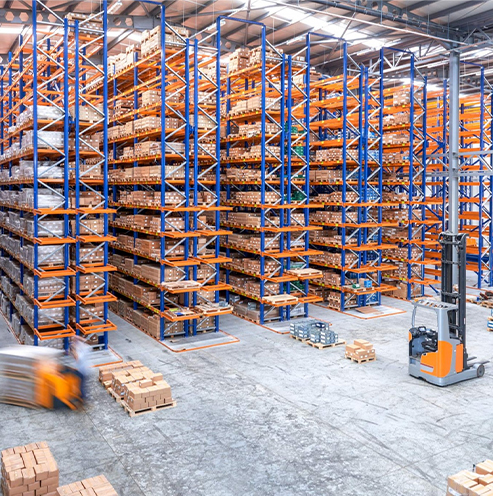Exploring the Benefits and Uses of PVC Food Wrapping Film for Your Kitchen Needs
The Utilization of PVC Food Wrapping Film Benefits and Considerations
In the modern culinary landscape, food preservation is an essential aspect that influences both food waste and nutritional value. One popular tool that has emerged to aid in this process is PVC (polyvinyl chloride) food wrapping film. This versatile material has garnered attention for its effectiveness in extending the shelf life of various food items, yet it also raises important considerations regarding health and environmental impact.
Advantages of PVC Food Wrapping Film
One of the primary benefits of PVC food wrapping film is its excellent barrier properties. This film is adept at protecting food from exposure to air, moisture, and external contaminants. By creating a hermetic seal around food items, PVC film helps to retain freshness and prevents the growth of bacteria and molds. This feature is particularly advantageous for perishable goods such as fruits, vegetables, and deli meats, which are prone to spoilage.
Additionally, PVC food wrapping film is highly flexible and transparent, allowing consumers to easily wrap items of various shapes and sizes. Its cling ability makes it easy to secure around bowls or leftovers, ensuring minimal air exposure. The visibility of the film also enables users to quickly identify the contents of wrapped foods, reducing the likelihood of forgetting and discarding food.
Another notable advantage is the cost-effectiveness of PVC wrapping film. It is generally more affordable compared to other types of food storage solutions, such as glass containers or reusable silicone bags. For households that prioritize budget while aiming to minimize food waste, PVC film offers an economical approach to preserving food.
pvc food wrapping film

Considerations and Health Implications
Despite its numerous advantages, the use of PVC food wrapping film does not come without concerns. One primary issue is the potential for chemicals to leach from the film into food, particularly when wrapped items are exposed to heat, such as in microwaving or contact with hot foods. Certain studies have indicated that substances like phthalates, which are sometimes used in the production of PVC, may migrate into food under these conditions. Consequently, consumers are advised to avoid using PVC wrap in microwave ovens or for wrapping hot foods.
Environmental impact is another critical consideration. PVC production involves considerable energy consumption, and the disposal of PVC products poses challenges due to their non-biodegradable nature. While recycling programs exist for plastic films, there is often confusion regarding the recyclability of PVC products, leading to increased landfill waste. As environmental consciousness grows, many consumers are exploring alternative food storage options that prioritize sustainability.
Conclusion
In summary, PVC food wrapping film serves as a useful tool for maintaining the freshness and safety of food items, thus playing a role in reducing food waste. Its ability to create an effective barrier against spoilage is a significant advantage for consumers. However, awareness of its potential health and environmental risks is crucial. As consumers become more informed and health-conscious, the demand for safer and more sustainable food storage solutions continues to rise. Exploring alternatives, such as beeswax wraps or reusable silicone bags, can be beneficial for those seeking to minimize their ecological footprint. Ultimately, understanding the benefits and limitations of PVC food wrapping film enables consumers to make informed decisions that align with their health and environmental values.
-
Self Seal Bags: Secure, Clear, and Customizable Packaging for Every IndustryNewsAug.15,2025
-
Paper Cups: Bulk Solutions for Events, Cafés, and Eco-Friendly ServiceNewsAug.15,2025
-
Laminated Bags: Durable, Customizable Packaging for High-Impact BrandsNewsAug.15,2025
-
Grocery Bags: Smart, Sustainable, and Scalable Solutions for RetailersNewsAug.15,2025
-
Drawstring Bags: Versatile, Customizable, and Cost-Effective for Bulk UseNewsAug.15,2025
-
Disposable Gloves: Wholesale Solutions for Safety, Hygiene, and EfficiencyNewsAug.15,2025
-
Have the freedom of customizing your custom mailers any way you want! Our dedicated packaging support will help deliver you the mailing experience you need to elevate your shipping experience to the next level! Start making a strong impression on your customers and stand out from your competitors! -
LIYA uses high quality raw materials which directly purchased from large enterprises domestic and overseas such as PetroChina, Sinopec, Sabic, Equate, ExxonMobil, Dow Chemical, Total, and Borouge, ensuring the price advantage and quality of the raw materials. -
LIYA uses high quality raw materials which directly purchased from large enterprises domestic and overseas such as PetroChina, Sinopec, Sabic, Equate, ExxonMobil, Dow Chemical, Total, and Borouge, ensuring the price advantage and quality of the raw materials.





